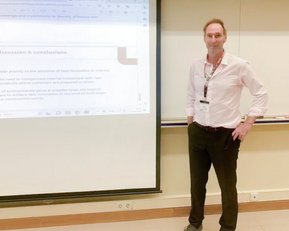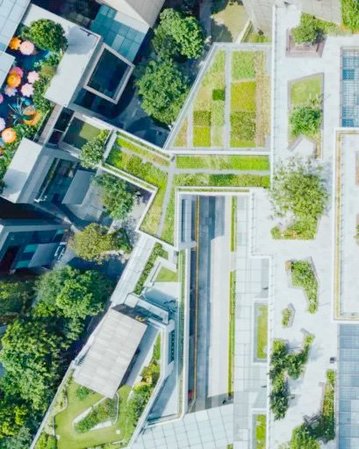
We have found that SMEs do not have sufficient insight into the possibilities of digital and green innovations, have no insight into the financial impact on the company and often do not know how and where to start.
We have found that SMEs do not have sufficient insight into the possibilities of digital and green innovations, have no insight into the financial impact on the company and often do not know how and where to start.

Our first research focuses on finding the key obstacles of SMEs to start with the twin green and digital transition. We have found that SMEs do not have sufficient insight into the possibilities of digital and green innovations, have no insight into the financial impact on the company and often do not know how and where to start.
The green and digital transition is to assist SMEs in becoming more sustainable using climate neutral resources and decrease the use of waste, water, and energy. This can only be realized by the application of digital tools to plan, measure, analyze, and monitor the use of resources.
The digital and sustainable transition can help these companies with cost savings, can provide competitive advantages, and offers opportunities for the development of new products and services.
As a first case study, it is chosen for the construction sector because it has a large need for twin innovation due to its high pollution levels and low adoption rate. The sector has a 35% share in greenhouse emissions in the European Union. It uses half of all raw materials, one-third of water usage and waste in Europe, and only 1% of all materials are reused in new buildings. The sector consumes 40% of European energy use related to energy-intensive construction methods and the low energy efficiency of the larger part of building stock in Europe. Recently, the European Union and national governments have introduced regulations for carbon emission and efficient use of resources which are to be implemented also by SMEs.
The study will describe a usable generic framework to analyze the impact of twin innovations on key business activities and indicators. In addition, it will identify a set of twin green and digital solutions that can be applied in the construction sector.
Finally, the research will provide a roadmap for the implementation of the twin transition.
We are currently working on a case study of Twin Green and Digital innovation in the construction sector in collaboration with the Dutch construction companies Dura Vermeer and Stamhuis Group to come up with recommendations to speed up the twin transition in the construction sector.

We are here for you! Use this number to text us 24/7, and we will do our best to answer quickly!